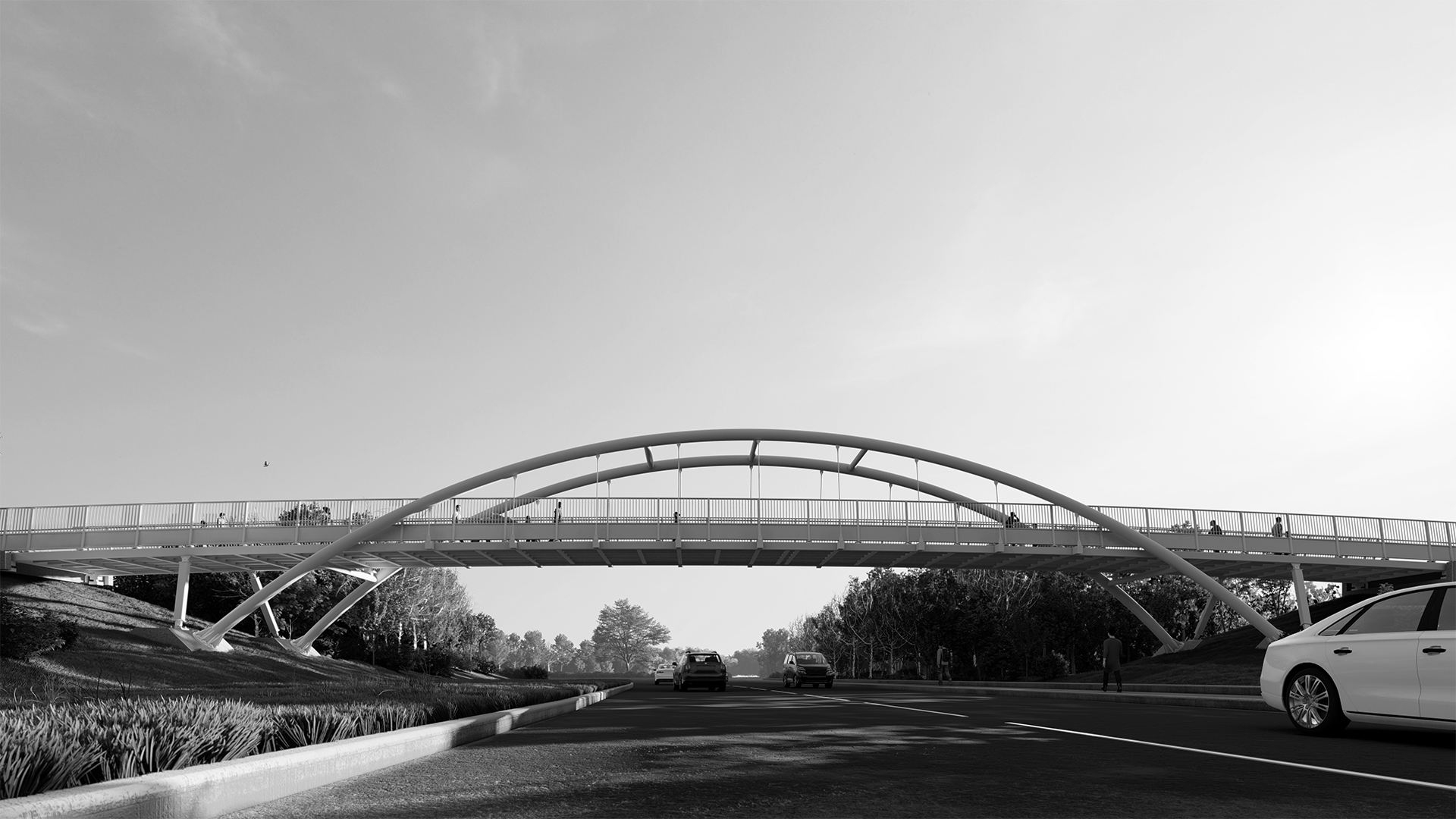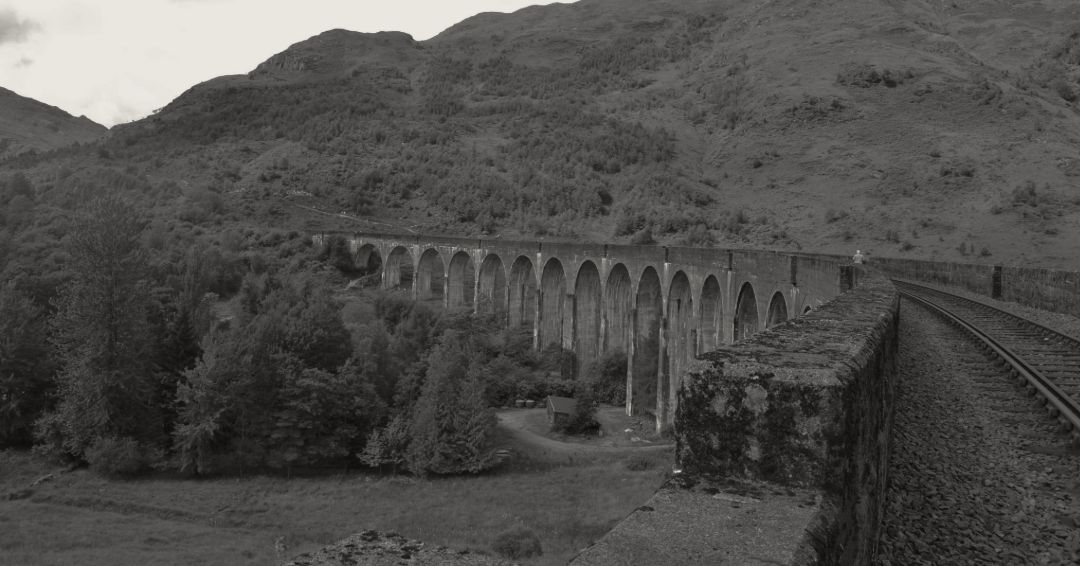Independent Design Checking in Canadian Infrastructure Projects: A Contextual Analysis and Recommendations
Ali Siamaki, Business Development Manager for Tony Gee Toronto, shares an insight into independent design checking in Canadian infrastructure projects.
Defining Independent Design Checking
Independent design checking refers to a process where the design of an infrastructure project is reviewed by an entity or individual who was not directly involved in its creation. The core principle of this process is the concept of “independence,” which, certainly in Canada, encompasses both technical and commercial aspects. Technical independence implies that the design checker utilizes different analytical methodologies and software tools from those employed by the original design team. This ensures a fresh perspective and reduces the likelihood of overlooking errors inherent in a particular approach. Commercial independence, on the other hand, dictates that the design checker should be free from any financial or organizational ties that could compromise their objectivity and impartiality. This separation is crucial for an unbiased assessment of the design’s integrity and compliance.
The level of independence required for design checking can vary significantly, ranging from internal peer reviews within the same design team to engagements with external consultants who have no affiliation with the project’s primary stakeholders. The determination of the appropriate level of independence is often contingent upon the scale, complexity, and inherent risks associated with the infrastructure project. For instance, a relatively straightforward project might only necessitate a review by a colleague not directly involved in the design, whereas a highly complex undertaking, such as a major bridge or tunnel, would typically demand a fully independent review conducted by external experts.
In the Canadian context, where most infrastructure projects are managed at the provincial or municipal level, major infrastructure projects represent substantial public investments with anticipated lifespans often spanning several decades. Given the significant financial implications and the critical role these projects play in supporting the nation’s economy and social well-being, ensuring their provision of safe, long-term functionality through rigorous design checks is of paramount importance. Furthermore, the early identification of potential design flaws through an independent process offers a significant opportunity for cost savings and risk mitigation.
In Canada, there are gaps in the explicit mandate and standardization of independent design checking for infrastructure projects. While federal regulations like the International Bridges and Tunnels Act focus on inspections, they don’t clearly require independent design checks during the initial design phase across all infrastructure types. Although funding agreements from Infrastructure Canada may include design review requirements and codes imply review by qualified professionals, the level of independence is often unspecified. Provincial authorities and professional bodies provide guidelines that support independent review, and Engineers Canada has a framework for structural design review, but these aren’t mandatory. Independent checking is more common for major projects like bridges, and while owners and contractors play roles in the checking process, the independence of contractor-appointed checkers needs careful management, and the technical and commercial independence of consultants engaged for checks is a key consideration. This paper will examine the current state of independent design checking in Canada, highlighting the gaps in regulation and standardization, and propose recommendations for enhancing its implementation to ensure the safety and longevity of critical infrastructure projects.
Global Perspectives on Independent Design Checking
The development of independent design checking practices globally has been greatly influenced by historical infrastructure failures, which highlighted the limitations of relying solely on internal checks. The collapses of steel box girder bridges in the UK in the 1970s spurred the formal adoption of independent checking, especially for major bridge projects. The Merrison Committee, formed in response to these collapses, was crucial in shaping modern practices by recommending comprehensive independent checks that included the design concept, stress analysis, erection methods, and temporary works. The committee’s recommendations provided a foundation for independent design checking worldwide, and the Merrison Report’s categorization of structures by complexity and risk led to tiered systems of design checking.
Independent checkers bring a fresh perspective and can identify errors that the original design team might miss. This is particularly important for complex or innovative projects. Furthermore, independent design checking ensures that designs adhere to all relevant criteria, codes, and regulations. It may also embrace elements of best practice from differing global environments. Various models exist for engaging independent design checkers. The traditional approach involves the client or owner directly appointing the checker. In design-build projects, the contractor’s designer may appoint the checker or often the contractor appoints the checker directly, which raises concerns about potential conflicts of interest and the checker’s true independence. Contractual safeguards and clear reporting lines to the client are essential to address these concerns. In privately financed projects like PPPs, lenders often mandate the appointment of lenders’ checking engineers to protect their financial interests by ensuring the project’s technical soundness and viability.
Comparing Canadian Practices with International Models
When comparing Canadian practices with international models, particularly the UK’s approach influenced by the Merrison Committee back in 1975, some differences become apparent. The UK has a more formalized and categorized system for independent design checking, especially for bridges, with clear levels of independence required based on the structure’s complexity and risk . While Canada has professional guidelines and internal review processes within provincial transportation authorities, a similarly standardized and universally applied tiered system with explicitly mandated levels of independence for a broader range of infrastructure projects may not be as prevalent.
The stringency of requirements and the scope of checks can also differ. The Merrison recommendations specifically address the checking of erection methods and temporary works, aspects that might not always be explicitly covered in Canadian design review processes unless specified in project requirements. The level of mandated independence also seems more clearly defined in the UK system, particularly for higher-risk structures requiring checkers who are entirely independent of the designer’s organization. Canada, while emphasizing the importance of objectivity, might allow for more flexibility in the level of independence, with internal checks being deemed sufficient for certain project types.
Models for Implementing Independent Design Checking in Canada
To strengthen the implementation of independent design checking in Canada, adopting a tiered system based on project complexity and risk, drawing inspiration from the UK’s categorized approach, could be beneficial.
A possible framework is outlined in the table below:
| Project Category | Risk/Complexity Level | Independent Design Checking Required | Examples |
|---|---|---|---|
| Category 0 | Low risk, standard designs | Internal peer review within the design team | Minor road repairs, small culverts |
| Category 1 | Medium risk, spans up to 20m, standard structures | Independent check by an engineer within the design organization but not directly involved in the design | Small to medium span bridges, retaining walls |
| Category 2 | High risk, spans 20-50m, complex geometry or loading | Independent check by an engineer or team external to the original design team but within the same organization | Medium to large span bridges, tunnels, LRT viaducts |
| Category 3 | Very high risk, spans over 50m, innovative or unusual designs, significant public impact | Independent check by an engineer or team entirely independent of the designer’s organization with specialized expertise | Long-span bridges, cable-stayed bridges, major tunnels, complex LRT systems |
This tiered system would ensure that the level of independent scrutiny is proportionate to the potential risks and consequences associated with the infrastructure project. Provincial and territorial regulatory bodies, in collaboration with professional engineering organizations like Engineers Canada and the OIQ, could develop specific guidelines and standards for each category, including the required qualifications and experience of the independent checkers.
Furthermore, to ensure the true independence of the checking process, especially in design-build and PPP projects where the contractor may appoint the checker, contractual mechanisms should be implemented to guarantee the checker’s technical and commercial autonomy. This could include direct appointment by the client or a mandatory approval process by the client for contractor-appointed checkers. Clear reporting lines from the independent checker directly to the client, regardless of the contractual arrangement, are also crucial.
Conclusion
In conclusion, independent design checking is a vital process for ensuring the safety, reliability, and economic success of major infrastructure projects in Canada. While some provinces and sectors have already incorporated elements of independent review into their practices, there is an opportunity to strengthen and standardize its implementation across the country. By adopting a risk-based tiered system for independent design checking, ensuring the genuine independence of checkers, and fostering a culture of verification, Canada can further enhance the integrity and longevity of its essential infrastructure assets, protect the public, and ensure responsible stewardship of public funds. The lessons learned from both international best practices and past infrastructure failures in Canada underscore the enduring importance of independent oversight in creating a safer and more resilient built environment for all Canadians.
Recommended Reading




